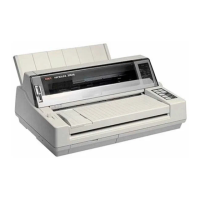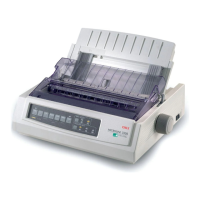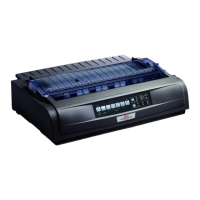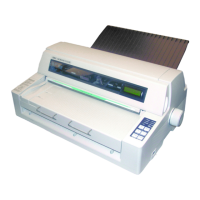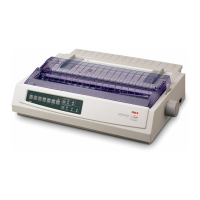Appendix G
Glossary
Glossary
Access cover.
Generally, the top cover on the printer, providing access to the printhead for changing ribbons and clearing paper
jams.
Ascender.
Printing above the normal top of a character. Sometimes also used to denote a character which is all above the
baseline, i.e., has no descender.
ASCII.
American Standard Code for Information Interchange: A standard code which uses numbers to represent
characters and control instructions.
Auto LF.
Automatic Line Feed: If the automatic line feed feature is on, each carriage return sent to the printer will be
accompanied by a line feed. The normal setting today is OFF; if your printer is overprinting each line, turning this
feature ON may solve the problem.
AUTOEXEC.BAT.
This is the batch file that is read by your IBM-compatible computer immediately when you turn it on or boot it.
Bail.
See Paper Bail.
Bail lever.
A lever, generally on the left side of the printer (with the printer facing you) that serves to raise and lower the
paper bail.
Baseline.
For a printed character, the line on which the character sits, not including descenders.
BASIC.
Beginners All-purpose Symbolic Instruction Code. One of the most popular general-purpose programming
languages used with personal computers. Programming examples in this manual are written in BASIC.
Baud.
A measure of the speed at which data is transmitted. Serial interfaces require that the printer be set to receive data
at the same baud rate as the computer transmits it.
Bidirectional printing.
Printing both on the forward and backward passes. This feature speeds printing, but can create some alignment
problems when graphics are being printed.
Bit.
Binary digit. Each bit is either 1 or 0.
Bottom feed.
A configuration in which paper is fed through a slot in the bottom of the printer using a tractor feed mechanism.
This setup provides a more even paper path suitable for volume printing, labels and multi-part forms.
Byte.
ML 380 ( 96-02-03 )
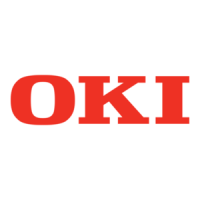
